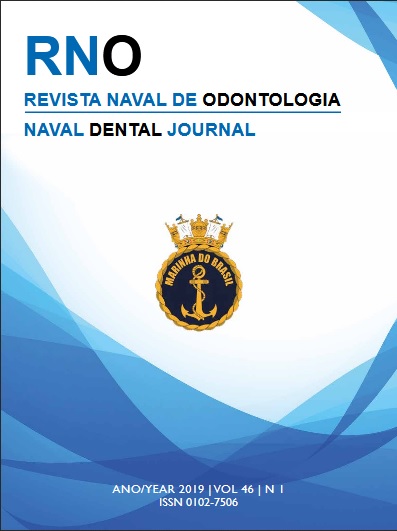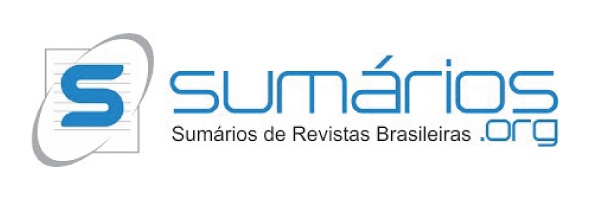The use of Botulinum Toxin in dentristy
The use of Botulinum Toxin in dentristy
DOI:
https://doi.org/10.29327/25149.46.1-9Keywords:
Botulinum Toxins type A., Esthetics, Temporomandibular Joint Dysfunction Syndrome, Facial PainAbstract
Clostridium botulinum is an anaerobic bacter, which produces until
eight types of toxins. The botulinum toxin A (BTX-A) is the most potent
among then, largely used in clinical procedures and approved for
several therapeutic instances. The Allergan Inc. company was the first to
produce BTX-A commercially called as “Botox®”. The therapeutic use
of BOTOX® is approved by ANVISA in Brazil since 2000, followed by
Food and Drug Administrartion in 2002. In Brazil, the Federal Council
of Dentistry recognizes BOTOX® by 198/2019 law and its utilization
in procedures such as facial reconcilement; or in therapeutics such
as bruxism, hypertrophy of chew muscles, temporomandibular joint
dysfunction, sialorrhea, asymmetry smile, and gingival profusion. Despite
its temporal use, the results are very interesting. BTX-A side effects are
considered for uses in miastenia gravis and Lambert-Eaton Syndrome,
which has, in common, a reduced acetylcholine release in synapses. Thus,
the aim of this work was to review the main BTX-A uses in dentistry area,
once its use has growing largely in aesthetics and in dentistry disorders.
Herein, we report the low risk in the use of BTX-A, with several interesting
benefits on dentistry areas, improving the quality of life and the selfesteem










